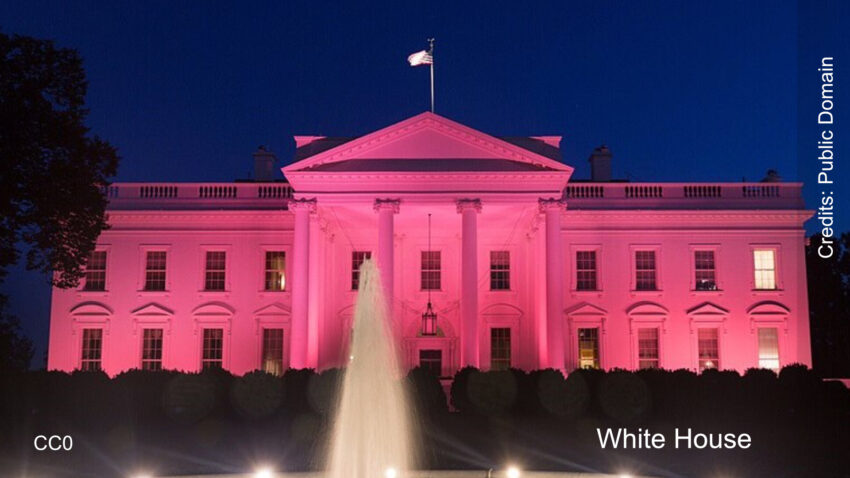Breast cancer, a disease once considered predominantly a concern for older women, is increasingly affecting younger demographics. Recent data reveals a troubling rise in breast cancer rates among women under 50, with the most significant surge seen in Asian American and Pacific Islander women. This alarming trend underscores the urgent need for awareness and early detection, as highlighted by the experiences of two women from Plymouth, Minnesota.
- Rising Breast Cancer Rates in Younger Women: Breast cancer is increasingly affecting women under 50, with the highest surge among Asian American and Pacific Islander women, highlighting the need for greater awareness in younger demographics.
- Personal Stories of Early Detection: The experiences of Sara Pelissero and Jackie Bohline, diagnosed at 33 and 40, emphasize the importance of early detection and proactive health monitoring, regardless of age.
- Awareness and Vigilance: Health experts urge all women to stay vigilant, as early detection can significantly improve treatment outcomes. Regular self-exams and paying attention to bodily changes are crucial.
- Empowering Advocacy: Pelissero and Bohline’s journeys inspire others to spread awareness and encourage younger women to take charge of their health, challenging the misconception that breast cancer only affects older women.
Sara Pelissero and Jackie Bohline, neighbors and close friends, share more than just their proximity. Both adopted from Korea and married to White men, they found themselves bonded over a shared, more somber experience—breast cancer. For Pelissero, the journey began shortly after the birth of her daughter. At the tender age of 33, she discovered a lump that led to her cancer diagnosis, well before the age of her first scheduled mammogram. Despite undergoing surgery and treatment, the fear of recurrence lingered.
Bohline’s story mirrors Pelissero’s in its unexpectedness. Her diagnosis came at 40, just as she was getting her first mammogram. The aggressive nature of her cancer underscored the critical importance of early detection. Bohline advocates for awareness, emphasizing that breast cancer is not just a disease for the elderly but a real threat to younger women as well.
Statistics from various health reports indicate that one in eight women will face breast cancer in their lifetime, which calls for heightened vigilance. Women, regardless of age, should be attuned to their bodies and seek medical advice when something feels amiss. The stories of Pelissero and Bohline serve as poignant reminders of the power of early detection and the importance of listening to one’s body.
Now cancer-free, both women encourage others to take proactive steps in monitoring their health. They stress that early detection can significantly improve treatment effectiveness and outcomes. Their shared journey through cancer has not only strengthened their bond but has also inspired them to spread awareness about the disease.
In conclusion, as breast cancer rates continue to rise among younger women, it is crucial to foster a culture of awareness and proactive health checks. By sharing personal stories like those of Pelissero and Bohline, the conversation about breast cancer can be expanded beyond age stereotypes, prompting more women to take charge of their health.

